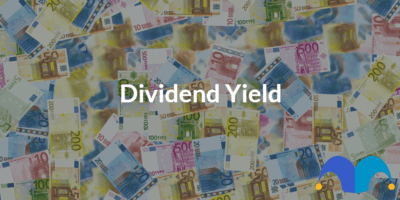Learning how to value a share is an important skill for an investor. Without this ability, investors may struggle to know whether a company’s share price is low or high, in relation to its performance and projections of growth.
Why assign values to shares?
A share’s fundamental value, decided by its business details, doesn’t always equate to its current market price. Investors assign values to shares to help them decide if they want to purchase them. However, there are several ways to value shares.
On the one hand, active investors – individuals who have created investing strategies that they believe will beat the wider market – value stocks on the premise that a stock’s basic value is totally independent from its market price. Active investors use a series of metrics to gauge a stock’s basic value, and then compare it to the stock’s market price.
Passive investors, on the other hand, follow the efficient market hypothesis, which suggests that a stock’s market value is the same as its basic value. Most investors who follow the efficient market hypothesis advise investing in exchange-traded fund (ETF) or index fund, rather than creating formulas that attempt to beat the market.
Share Valuation Metrics
P/E Ratio
The price-to-earnings ratio (P/E ratio) is the ratio used to measure a company’s current share price, in relation to its earnings per share (EPS).
PEG Ratio
The price/earnings to growth ratio (PEG ratio) is a stock’s price-to-earnings (P/E) ratio divided by the earnings’ growth rate for a specific time frame.
Dividend Yield
The dividend yield is a financial ratio that reveals a company’s share price percentage that it pays out in dividends annually.














